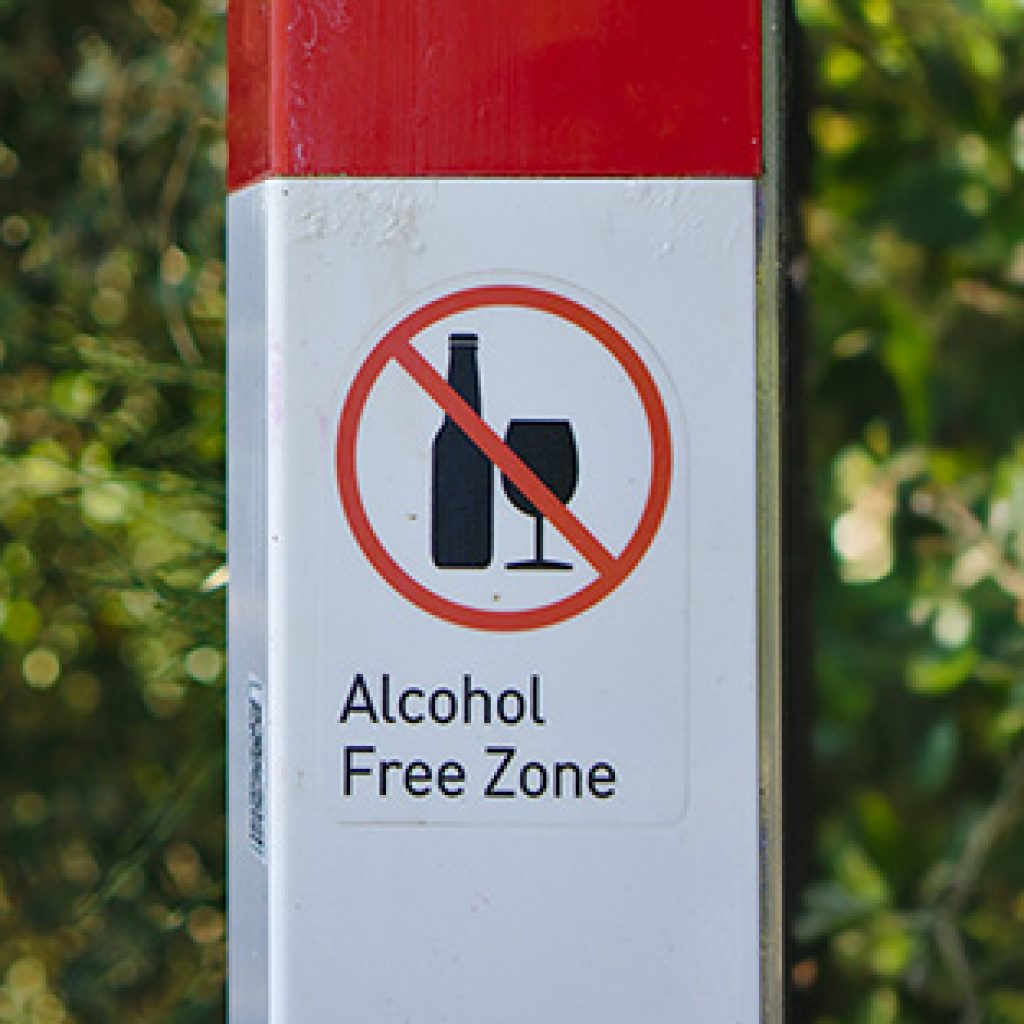12 Stats You Need to Know about Sexual Assault
April is Sexual Assault Awareness Month. This month we work to raise awareness about the prevalence, impact, and resources available to victims of sexual assault. As sexual violence continues to be a significant problem in the U.S., it’s important to remember that a person can be victimized by sexual assault at any age and can be any gender. Children and teens are at a higher risk to be victimized, and people may experience more than one sexual assault within their lifetime.
There are many forms of sexual violence, including but not limited to:
- Child sexual abuse
- Commercial sexual exploitation (i.e., prostitution and human trafficking)
- Exposure and voyeurism
- Forced participation in the production or viewing of pornography
- Incest
- Rape
- Ritual abuse
- Sexual harassment
- Sexual or gender-based bullying (including cyber)
Here are 12 stats you need to know about
Every 68 seconds an American is sexually assaulted, that is approximately 1,271 people per day.
Every 9 minutes a child is a victim of sexual assault, which is approximately 160 children sexually assaulted per day.
1 in every 5 women have experienced completed or attempted rape during their lifetime.
81% of women and 43% of men have experienced some form of sexual harassment and/or assault in their lifetime.
Nearly a quarter (24.8%) of men in the U.S. experienced some form of contact sexual violence in their lifetime.
The vast majority (i.e. 8 out of every 10 rapes) of sexual assault is committed by the someone the victim knows (i.e., caregiver, classmate, family member, friend, neighbor, healthcare provider, member or leads of faith communities, teachers or coaches).
The majority of sexual assaults occur at or near the victim’s home.
Most survivors were going about their daily life when the assault occurred.
Out of every 1,000 perpetrators only 25 goes to prison.
- Only 310 sexual assaults are reported to police, which means 2 of every 3 assaults go unreported
- 50 reports lead to arrest
- 28 cases will lead to a felony conviction
- 25 perpetrators will be incarcerated
Of the people who choose to report sexual assault, they share the following reasons.
Of the people who chose not to report sexual assault, they shared the following reasons they didn’t want to share the assault.
Sexual assault survivors who were in college at the time of the assault reported wanting the following when it came to future-based sexual assault interventions (Munro-Kramer, Dulin, & Gaither, 2017).
- A culture of caring
- One-stop shop
- Validation
- Control and agency
- Confidentiality
- Print materials and/or technology-based interventions
A critical piece of supporting victim’s is helping them to gain access to information and resources following the assault. There is a plethora of resources available to survivors.
RAINN has compiled an extensive list of National Resources for Sexual Assault Survivors and their Loved Ones. This list includes resources based on: culture (Asian, Native Hawaiian, and Pacific islander survivors, Black survivors, Indigenous survivors, Latinx survivors), child abuse survivors, college students, domestic, dating and intimate partner violence, human trafficking, immigrant survivors, incest, legal resources, LGBTQ survivors, LGBTQ survivors of color, male survivors, medical/physical health of survivors, mental health, military resources, stalking, sexual assault prevention, suicide and self-harm, survivors with disabilities.
The National Sexual Violence Resource Center has created a blog that outlines all of the resources available online, in their post titled, “Online Communities for Survivors: Websites and Resources Offering Support and Help”. You’ll find a substantial list of online support via forums, chat rooms, self-help, and general resources for survivors of sexual violence. The list includes peer support, military service members and veterans, male survivors, culturally specific online support, and support for partners of sexual abuse survivors.
In addition to the above resources, we recommend checking out both National and Nevada resources.
National Resources
- National Sexual Violence Resource Center
- RAINN(includes the National Sexual Assault Hotline. 800-656-HOPE)
- End Rape on Campus
- It’s On Us
- No More
Nevada Resources
- Crisis Support Services of Nevada
- Nevada Coalition to End Domestic and Sexual Violence
- The Latest Nevada Stats
- Safe Embrace
- Nevada CARES[Consent. Awareness. Relationships. Education for Students] based at the University of Nevada, Reno’s (UNR) Center for the Application of Substance Abuse Technologies (CASAT)
- Did You Know the Division of Child and Family Services oversees the largest portion of funding to support victims of crime in Nevada? Learn more: nv.gov/VSC/VSC.
Raising awareness of sexual assault and prevention continues to be an important topic. We recommend reviewing the above resources and becoming familiar with them so that you can recommend ones that appropriate for the people you serve.
Your Turn: What new resource did you become aware of by visiting one of the resources listed above? Are there any important resources you know of that are not listed?
References:
Munro-Kramer, M. L., Dulin, A. C., & Gaither, C. (2017). What survivors want: Understanding the needs of sexual assault survivors. Journal of American College Health, 65(5), 297–305. https://doi.org/10.1080/07448481.2017.1312409
National Sexual Violence Resource Center. (n.d.). Statistics. NSVRC. Retrieved April 13, 2022, from https://www.nsvrc.org/statistics
Rape, Abuse & Incest National Network. (n.d.). Perpetrators of sexual violence: Statistics. RAINN. Retrieved April 13, 2022, from https://www.rainn.org/statistics/perpetrators-sexual-violence
Rape, Abuse & Incest National Network. (n.d.). Scope of the problem: Statistics. RAINN. Retrieved April 13, 2022, from https://www.rainn.org/statistics/scope-problem
Rape, Abuse & Incest National Network. (n.d.). Sexual assault. RAINN. Retrieved April 13, 2022, from https://www.rainn.org/articles/sexual-assault
Rape, Abuse & Incest National Network. (n.d.). The Criminal Justice System: Statistics. RAINN. Retrieved April 13, 2022, from https://www.rainn.org/statistics/criminal-justice-system
Blog Post Tags:
Related Blog Posts
Related Learning Labs
Related Resources
.
- Buscar Tratamiento de Calidad para Trastornos de uso de Sustancia (Finding Quality Treatment for Substance Use Disorders Spanish Version)
- Finding Quality Treatment for Substance Use Disorders
- Focus On Prevention: Strategies and Programs to Prevent Substance Use
- Monthly Variation in Substance Use Initiation Among Full-Time College Students
- The National Survey on Drug Use and Health (NSDUH) Report: Monthly Variation in Substance Use Initiation Among Adolescents








